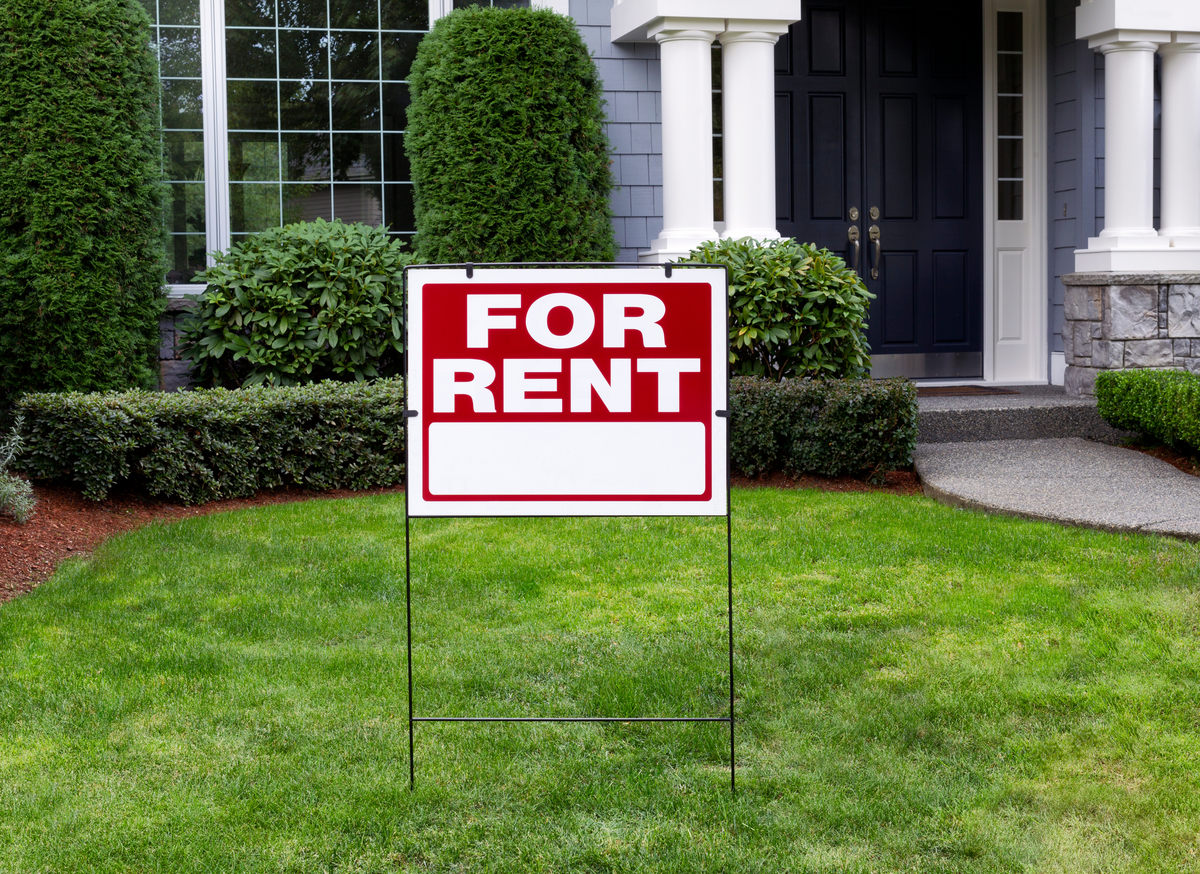Rental properties can be a lucrative investment. They can produce passive income as tenants make their rental payments. On top of that, rental properties can appreciate in value.
However, rental properties do have their pitfalls. One big problem I’ve encountered firsthand is finding quality tenants. A rental property goes from a money maker to a money pit without a tenant paying rent. The good news is that there is an easy way to invest in real estate and avoid the direct effect of this risk.
My rental property story
My wife and I recently bought a new house. We haven’t been able to sell our old place due to the current slowdown in the real estate market. Because of that, we’ve pivoted to the rental market.
Unfortunately, we haven’t had any success there either. We’ve seen minimal interest from potential renters. Meanwhile, the only ones interested in renting the place didn’t pass a credit check. Because of that, our old place remains vacant, costing us money.
We’ve started reducing our asking rent to generate more interest. However, we don’t want to cut it too far, since that would lock us into a potentially unappealing rental rate. On the other hand, we also don’t want to continue paying for two properties.
Vacancy wasn’t a risk that I thought much about before we decided to rent out our place. We figured a relatively new property in an excellent location would be easy to rent. The place next door to ours had recently rented relatively quickly (at a rate higher than the one at which we initially listed our property). However, we’ve found out the hard way that vacancies are a risk that could affect our property — not only until we find a tenant, but also in the future when we’re between tenants.
An easy way to mute vacancy risk
Vacancies are an unavoidable risk of investing directly in rental properties. However, you can avoid the direct effect of that risk by taking a different investment approach. Instead of buying a rental property, consider investing in a real estate investment trust (REIT). These entities own large portfolios of rental properties, which mutes the effect of vacancy. They’re also much more passive real estate investments. You don’t have to spend time finding a tenant and showing them the property. You also don’t have to manage maintenance issues. You can just sit back and collect the dividend income REITs pay their investors.
Investing in Invitation Homes (INVH 0.18%) is a great alternative to buying a rental property. The residential REIT owns or manages over 110,000 single-family rental homes in 16 top metro areas.
With a portfolio of that size, vacancies don’t affect the REIT’s rental income much. The company’s portfolio was 97% leased at the end of the third quarter. Even with that vacancy rate, Invitation Homes’ net operating income increased 3.9% year over year as rent growth across its other properties more than offset vacancies.
The company’s stable and growing income enables it to pay a rising dividend. That dividend currently yields 3.3%. At that rate, every $1,000 invested in the REIT would produce $33 of dividend income each year. That payout won’t fluctuate with increased vacancies.
Realty Income (O 0.10%) is another great REIT for those seeking predictable passive income. The diversified REIT pays a monthly dividend that has increased every year for three decades and the last 108 quarters in a row. The REIT currently has a dividend yield of 5.5%. That’s likely a higher income yield than most rental properties can generate these days.
The company owns over 15,450 properties around the U.S. and Europe, including grocery stores, warehouses, and casinos. That portfolio had a 98.7% occupancy rate at the end of the third quarter. Given the size of Realty Income’s portfolio, those vacancies don’t have much effect on its income. Its cash flow per share is on track to rise by nearly 5% this year, thanks to rent growth at other properties and a steady stream of income-producing property acquisitions. That growing income should allow the REIT to continue increasing its dividend.
Don’t let vacancies affect your income
Rental properties require having a tenant in place to generate passive rental income, and tenants might be harder to find than you’d expect. Because of that, you need to seriously consider vacancy risk before buying a rental property.
The good news is that you can basically avoid vacancy risk by investing in a REIT, since REITs spread it across many properties. As a result, you should be able to collect steadily rising passive income that won’t suddenly disappear during an extended vacancy.
Matt DiLallo has positions in Invitation Homes and Realty Income. The Motley Fool has positions in and recommends Invitation Homes and Realty Income. The Motley Fool has a disclosure policy.

